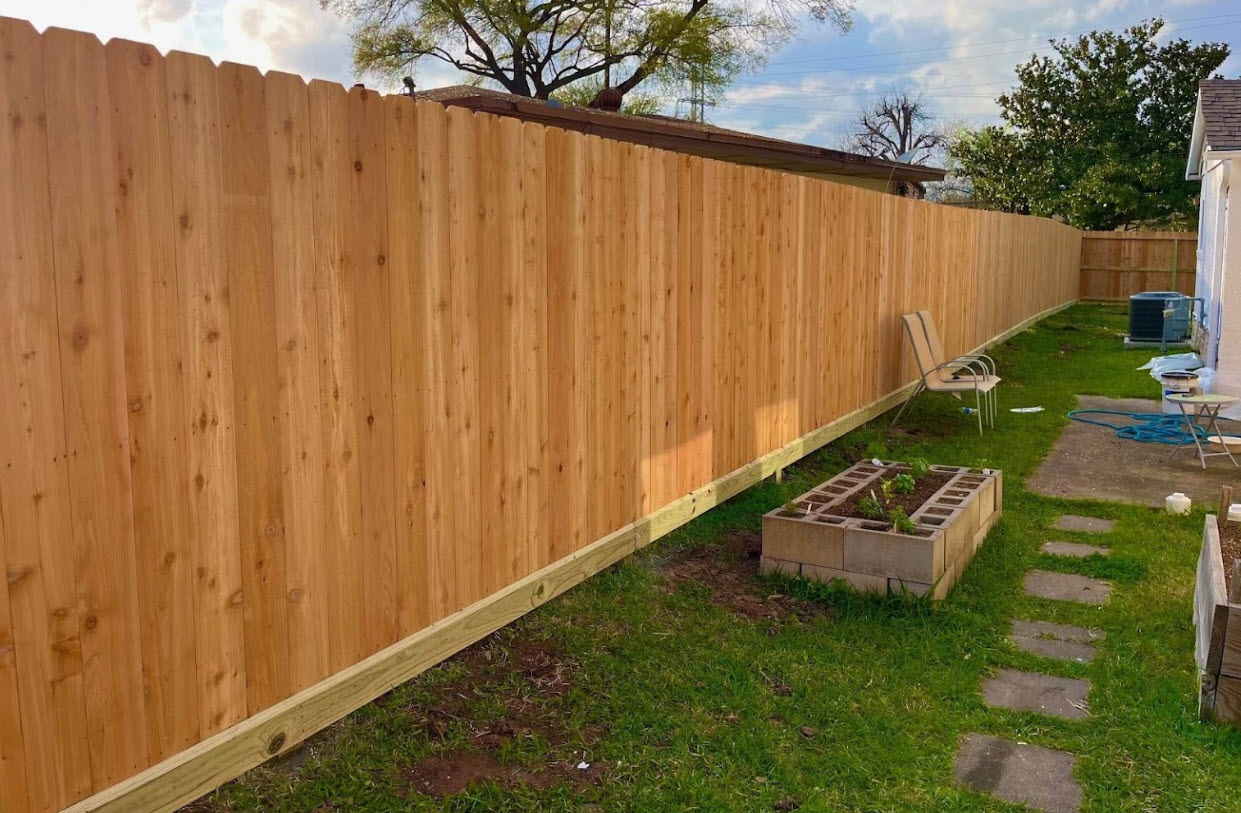P.L.1991, c.431 with final retroactive amendments effective August 5, 1992 consolidated, into one more flexible law, the various long term tax exemption laws under which municipalities may agree with private entities to undertake redevelopment projects in return for tax exemptions.
P.L.1991, c.441, effective for the first full tax year commencing after its January 18, 1992 enactment, consolidated the various five-year tax abatement and exemption laws into one, more standardized law to govern all tax abatements and exemption regardless of the type of structure.
Long Term Tax Exemption Law
Prior to 1993, which was the first full year of operation governed by the new Long Term Tax Exemption Law, under the provisions of N.J.S.A.40:55C-40, the “Urban Renewal Corporation and Association Law of 1961,” commonly known as the Fox-Lance Act, a qualified municipality (a municipality with “areas in need of rehabilitation”) could abate from 15 to 20 years the taxes on newly constructed industrial, commercial, cultural, or residential projects of a corporation, with profits in excess of the limited profits returned to the municipality, or from 30 to 35 years for condominium projects. Condominium projects were given 30 to 35 years in order to provide a realistic period for permanent financing. Also, prior to 1993 under the provisions of N.J.S.A.55:16-1 et seq., the “Limited-Dividend Nonprofit Housing Corporation or Association Law,” a qualified municipality could abate for up to 50 years the taxes on newly constructed housing. Further, under N.J.S.A.55:14I-1 et seq., a qualified municipality could abate for up to 50 years the taxes on newly constructed senior housing. Lastly, prior to 1993, under the provisions of N.J.S.A.40:55C-77, the “Urban Renewal Nonprofit Corporation Law of 1965,” basically the same types of properties and projects as the Fox-Lance Act could be abated for 20 to 25 years with all profits being returned to the municipality. In all cases under these property tax exemption laws in-lieu of tax payments were required.
Commencing in 1993 the provisions of N.J.S.A.40A:20-1 et seq. permitted a qualified municipality to abate the taxes on properties and projects in the same way the pre 1993 law did with the following notable exceptions:
A new, flexible in-lieu of tax formula was established with a phasing-in of payments in-lieu of taxes to occur under both the percent of gross rental formula and the percent of total project cost formula.
The formulas for computing payment in-lieu of taxes for both office projects and housing projects were changed. The minimum annual service charge for office buildings was reduced from 15 to 10 percent of the annual gross revenues of the project or units of the project. Municipalities retained the option of computing the payment in-lieu of taxes at no less than 2 percent of the total project cost or total project units cost. For housing projects the annual service charge was changed from a minimum of 15 percent to a maximum of 15 percent of annual gross revenue of the project or from a minimum 2 percent to a maximum 2 percent of the total project cost or total project unit cost.
The payment in-lieu of tax formulas remains basically unchanged for all other types of industrial, commercial or cultural projects.
Five-Year Exemption and Abatement Law
Prior to 1993, which was the first full year of operation under the new Five-Year Exemption and Abatement Law, there were three types of property to which a qualified municipality (a municipality with “areas in need of rehabilitation”) could grant a partial exemption and abatement for a five-year period.
These property types included:
Homeowner improvements (including additions and enlargements) made to one-unit or two-unit residential dwellings that were more than 20 years old. As determined by ordinance the first $4,000, $10,000 or $15,000 of increased value due to improvement on each unit could be exempted from taxation (see N.J.S.A. 54:4-3.72 to 3.79).
Commercial and industrial improvements and construction projects (with less than a 30% increase in building volume) could have the full assessed value of the improvement exempted with payments in-lieu of taxes made at 2%of project cost or 15% of annual gross revenues or an in-lieu of tax payment phased-in. (see N.J.S.A. 54:4-3.94to 3.112).
Multiple dwelling improvements or conversion of other types of structures to multiple dwellings could have up to 30% of the full value of the improvement or conversion alteration exempted. No in-lieu of tax payment was required (see N.J.S.A. 54:4-3.121 to 3.129).
Commencing in 1993 the provisions of N.J.S.A. 40A:21-1 et seq., the “Five-Year Exemption and Abatement Law,” which consolidated all provisions of the previous five-year abatement statutes, permitted a qualified municipality to grant partial exemptions and abatements on residential dwellings, non-residential structures and multiple dwellings in the same way the pre 1993 law did, with the following notable exceptions made to the new law:
A new, single definition of “areas in need of rehabilitation” was established to govern all exemptions and abatements which, if chosen, could enable an entire municipality to be designated as an area in need of rehabilitation (thus permitting new structures to facilitate infill construction).
The new five-year law also permitted, for the first time, tax abatements and exemptions for new construction of single family and multi-family dwelling units and non-residential structures rather than just improvements or enlargements to such properties.
The new law also increased the allowable maximum tax exemptions for the value added by an improvement from $4,000, $10,000, and $15,000 to $5,000, $15,000 and $25,000, respectively, as the municipal ordinance may specify.







